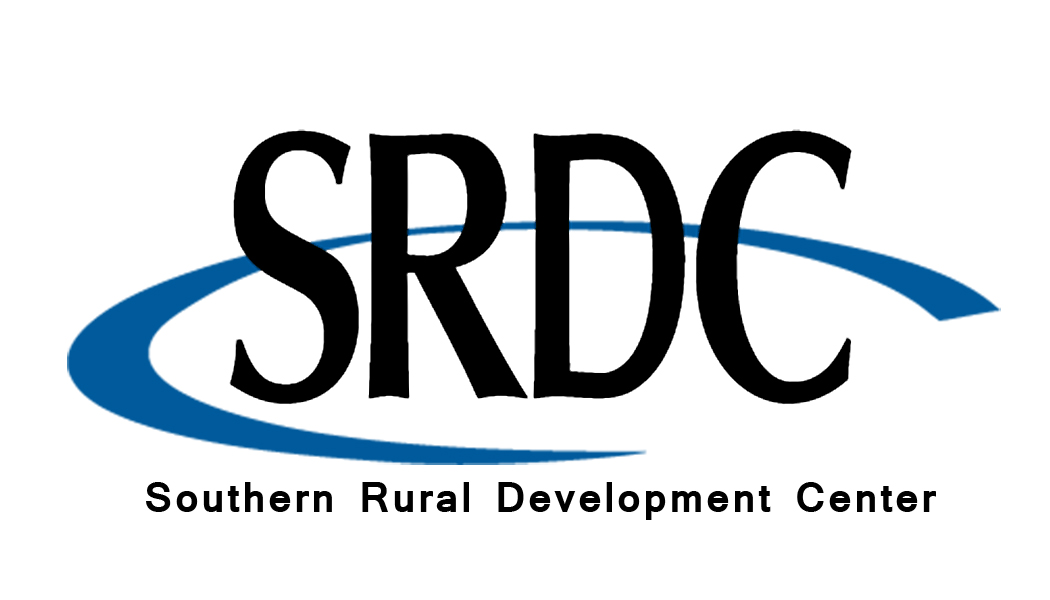Initiative aims to emphasize area’s strengths Counties move toward greater collaboration
by juliePosted: Monday, February 8, 2016 10:53 am
Renee Fite/TDP Special Writer
The first of six civic forums was a kickoff to the region’s participation in the SET process, which will give residents and opportunity to contribute to the planning process. Adair, Cherokee, Delaware and Sequoyah counties make up the Crossing Borders region.
“This was one of the largest turnouts in the national program,” said workshop facilitator David Shideler, associate professor and community development specialist. “The energy in this room gives me a lot of hope they’ll be successful.”
According to Shideler, success is measured on two levels: implementation of projects, and the buy-in and commitment to working together as a region, creating a regional conversation and synergy.
SET is a national partnership between the U.S. Department of Agriculture Rural Development and the Cooperative Extension Service. It was launched in 2010, and is now in 28 states.
With the goal of developing and implementing an economic development blueprint for the multicounty region, SET’s goal is to help communities build on the region’s current and emerging economic strengths. This is done with help from partners like the Grand River Dam Authority, USDA Rural Development, Career Tech, Oklahoma Department of Commerce, OSU Extension Service, the Small Business Development Center and Oklahoma Native American Council.
Shideler said the first meeting marked a time to identify strengths, challenges and opportunities.
Participants were assigned tables by the numbers beside their names on the sign-in sheet.
They rotated to other tables after each of the four sessions to get to know people from other organizations, communities and counties.
Rhonda Clemons, NORA economic development coordinator, said the number of people attending Thursday, and their engagement, was encouraging.
“This makes me optimistic for the future of the region. Real change begins when people start participating and cooperating,” said Clemons.
Some of the strengths identified were: natural resources, specifically water for drinking and recreation; a trained and educated workforce; quality of life; low cost of living; central location in the U.S.; and the Cherokee Nation for partnerships, from infrastructure to health care.
Lisa Smith of Lake Area United Way said she is passionate about the Northeastern Oklahoma region.
“I received a great education from Northeastern State University, and I’m raising my family here. I work and play here, and I see so much opportunity here,” said Smith. “We’re in rural Oklahoma and our population is sparse and spread out. This can help us capitalize and grow. The most successful places have found a way to work together.”
Challenges identified by the group included: poverty; workforce attitudes and ethics; addictions; building the infrastructure to allow for industry; community cohesion; emergency management infrastructure; valuing an education and a perception problem; and sharing with the world what the area is about and has to offer.
“Everyone seemed to agree education, addiction and poverty affect economic development,” said Linda Cheatham, executive director of Tahlequah Area Habitat for Humanity. “I shared what I know about the need for housing and effect of not having it on people.”
Sallisaw Mayor Julie Ferguson has been participating in regional conversations for nearly 20 years, and she viewed the Thursday workshop as continuing the progress.
“It’s critically important that the cities, tribes, schools, chambers of commerce and Cherokee Nation all work together. This is the only venue for all the people who provide services to come together,” said Ferguson.
It helps to have a relationships with other communities, so that resources, staff, and equipment can be shared, Ferguson said.
Networking and seeking funding for projects brought some of the attendees to the event.
“My main concern is to get funding for a children’s wing of the Stilwell Library,” said Fay Dodwell, lieutenant governor of Kiwanis for Texas and Oklahoma. “Kids sit outside after the library closes to use the wi-fi.”
Recently retired from Nike, Tom Stites said he hopes these Civic Forums urge people to try innovative approaches to problem-solving.
“I think if our leadership can look at it from an innovative point of view, they can succeed,” said Stites. “Some of the greatest leaders encourage failure early to learn from those lessons. Without risk, there are no rewards.”
“The biggest single thing I take away from today is, in rural Oklahoma, you have to work on a regional basis to get things done,” said Mark Gish, president of BancFirst. “You can’t do it by yourself; we have to set aside city pride and competition. You’ve got to keep momentum to make progress. I think they’ll keep the ball rolling and people won’t just go home and forget.”
Lynn Mallery, co-facilitator of the event and assistant state specialist in the field of solid waste management at OSU, was amazed at the large turnout and the participation of those in attendance.
“I hope those who choose to do the six-month program will stick with it,” said Mallery. “Real work happened today; it’s exciting.
For the full article please visit Here.

